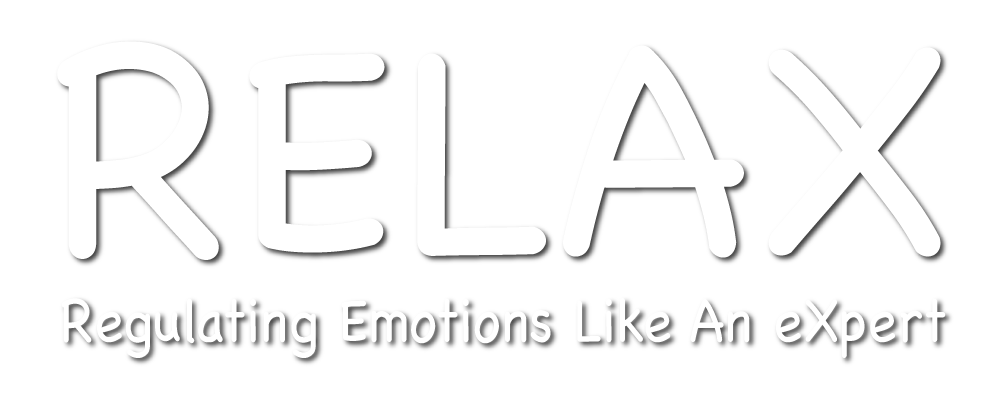Identifying Negative Thinking Traps
Often when we are feeling a strong negative emotion, it is because we are also falling into a “thinking trap”!
Watch this video to learn more.
Here are some common thinking traps:
- All-or-nothing thinking – thinking in extremes, as something being all bad or all good
- Catastrophization – assume extreme, horrible consequences will result from the situation
- Overgeneralization – a single situation is viewed as part of a never-ending pattern
- Jumping to Conclusions – negative interpretation of situation, even without facts supporting that conclusion
- Disqualifying the Positive – discount any positive aspects of the situation for some reason or another
- Selective Abstraction – focusing only on the negative aspects of the situation
- Emotional Reasoning – assume negative emotions reflect the way things really are
- Hostile Attribution Bias – assuming that another person’s intentions are hostile
Recognizing the thinking trap you are falling into can help you challenge the negative thought and change it to be more in line with the “reality” of the situation.
- Over the next couple weeks, pay attention to the types of thinking traps you may be falling into!
- Try to use one of the strategies we discuss next to help challenge these negative thinking traps.
Check out this handout to learn about some other common negative thinking traps! You can download this PDF to help you remember them and practice identifying when you are falling into a negative thinking trap.
This handout will be helpful for your next quiz – make sure to download it so you can earn your Challenging Negative Thoughts badge.
MODULE 3: How Emotions Influence Thoughts & Behaviors
How Thoughts, Feelings, and Behaviors are Related
Identifying Thinking Traps
Challenging Negative Thoughts
My Profile
© CALMER Lab and the Child Study Center at Virginia Tech. All Rights Reserved.
Website Development by Bold Print Design Studio.
Website Development by Bold Print Design Studio.
